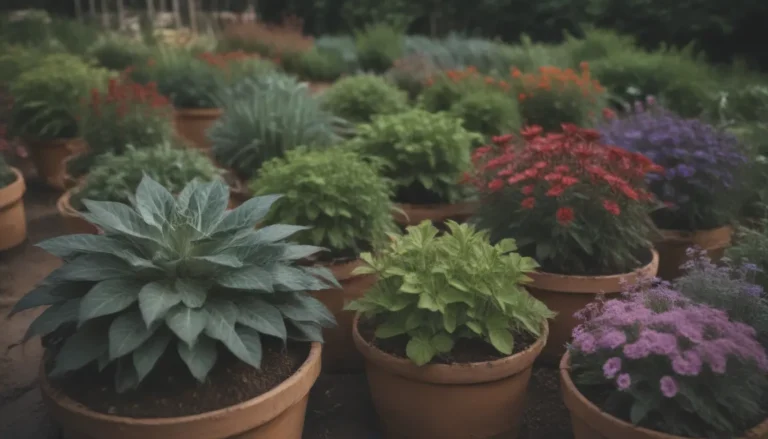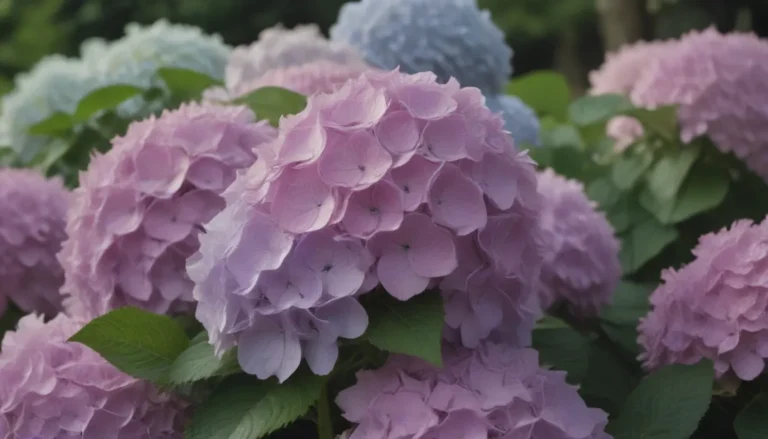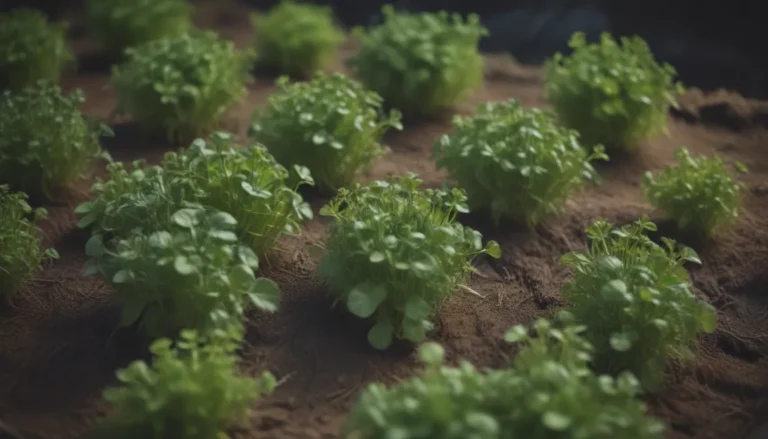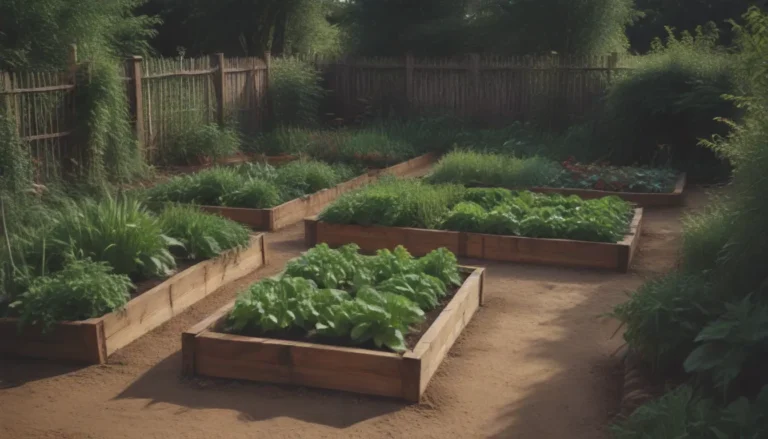Ultimate Guide: Growing and Caring for English Lavender
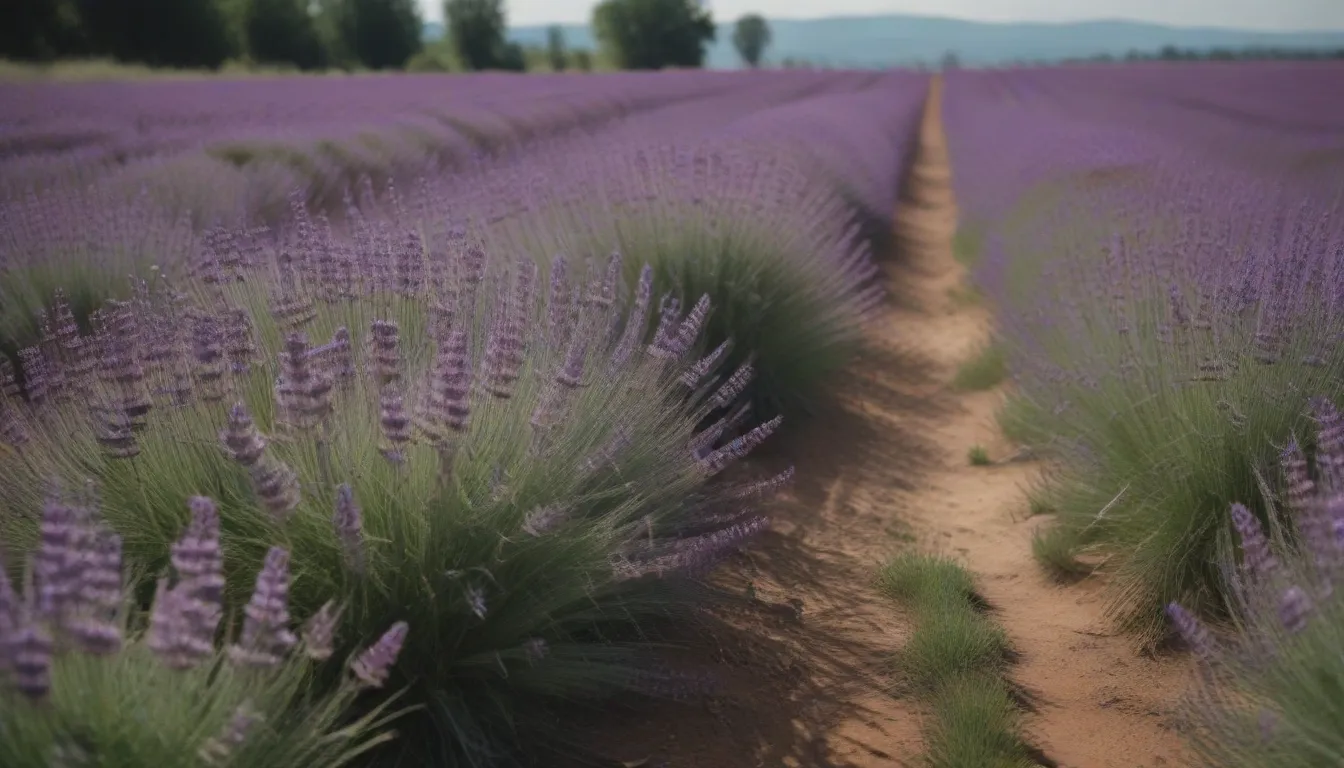
Are you looking to add a touch of beauty and fragrance to your garden? English lavender, also known as common lavender, is a perfect choice. This herbaceous perennial with a semi-woody growth habit is not only aesthetically pleasing but also has a variety of practical uses. From making sachets and potpourri to using its oils in aromatherapy, English lavender is a versatile plant that can enhance your outdoor space.
In this comprehensive guide, we will delve into the world of English lavender, exploring how to grow and care for this beloved plant. We will cover everything from soil and light requirements to pruning and propagation. By following these tips and techniques, you can ensure that your English lavender thrives and continues to bring joy to your garden for years to come.
English Lavender Care
English lavender is a versatile plant that can thrive in a variety of settings, from perennial borders to herb gardens. To ensure that your English lavender grows healthy and strong, it’s essential to provide the proper care. Here are the main care requirements for English lavender:
Light
- Grow English lavender in full sun to promote healthy growth and abundant blooms.
- Shady locations can cause the plant to become leggy and produce fewer flowers.
- In very hot climates, provide some shade in the afternoon to protect the plant from the harsh sun.
Soil
- Plant English lavender in sandy or gritty, well-draining soil.
- Avoid humusy, damp soils, as they can lead to root rot.
- Aim for a soil similar to the plant’s native Mediterranean region – dry and infertile.
Water
- Water young plants once every other day for the first week, then gradually reduce watering as they become established.
- English lavender is drought-tolerant and does not like excessive moisture.
- Water mature plants about once per week, increasing frequency after flower buds form.
Temperature and Humidity
- English lavender thrives in warm, dry climates and is sensitive to high humidity.
- Provide moderate temperatures and ample airflow to prevent issues with humidity.
Fertilizer
- Avoid over-fertilizing English lavender, as it can inhibit flowering.
- Feeding is usually not necessary, as the plant can thrive in poor soil conditions.
Types of English Lavender
English lavender comes in a variety of cultivars, each with its unique characteristics and growing habits. Some popular types of English lavender include:
- L. angustifolia ‘Hidcote’
- Lavandula x intermedia ‘Hidcote Giant’
- L. angustifolia ‘Munstead’
- L. angustifolia ‘Sarah’
- L. angustifolia ‘Jean Davis’
Pruning
Pruning is an essential aspect of English lavender care, as it helps promote healthy growth and continued blooming. Follow these tips for pruning your English lavender:
- Remove faded flower stalks to encourage new blooms.
- Prune to shape in spring after new growth appears.
- Lightly prune again in late summer or early fall to improve air circulation and prevent rot.
- Shear the plants every three years to control size and promote new growth.
Propagating English Lavender
Propagating English lavender is best done through stem cuttings rather than seeds. Follow these steps to propagate your lavender plants successfully:
- Take stem cuttings from healthy, established plants.
- Plant the cuttings in well-draining soil with indirect sunlight.
- Keep the soil moist but not waterlogged until roots develop.
Potting and Repotting
If you prefer to grow English lavender in containers, proper potting and repotting are essential for the plant’s health. Follow these tips for potting and repotting English lavender:
- Use well-draining soil and a container with adequate drainage.
- Repot the plant when roots begin to outgrow the container.
- Choose a slightly larger pot and ensure the plant receives enough sunlight.
Overwintering
Protect your English lavender during the winter months to ensure it survives the cold. Here are some tips for overwintering your plants:
- Mulch the plants with a thick layer of mulch to insulate them from cold temperatures.
- Avoid overly wet soil and provide protection from freezing temperatures.
Common Plant Diseases
While English lavender is relatively resilient, it can be susceptible to certain diseases. Keep an eye out for leaf spot and root rot, and take preventive measures to protect your plants:
- Remove affected leaves to prevent the spread of leaf spot.
- Ensure proper air circulation to prevent issues with humidity.
- Avoid overwatering, as it can lead to root rot in English lavender.
How to Get English Lavender to Bloom
To encourage your English lavender to bloom abundantly, follow these tips for optimal growth and flowering:
- Provide ample sunlight and well-draining soil.
- Avoid over-fertilizing, as it can hinder flowering.
- Deadhead spent flowers regularly to promote new blooms.
Wrapping Up
English lavender is a beautiful and versatile plant that can enhance any garden with its fragrance and charm. By following the tips and guidelines outlined in this guide, you can ensure that your English lavender thrives and continues to delight you for years to come. Whether you’re a seasoned gardener or a beginner, growing and caring for English lavender is a rewarding experience that will bring joy and beauty to your outdoor space. So roll up your sleeves, grab your gardening gloves, and get ready to enjoy the beauty of English lavender in your own backyard!
